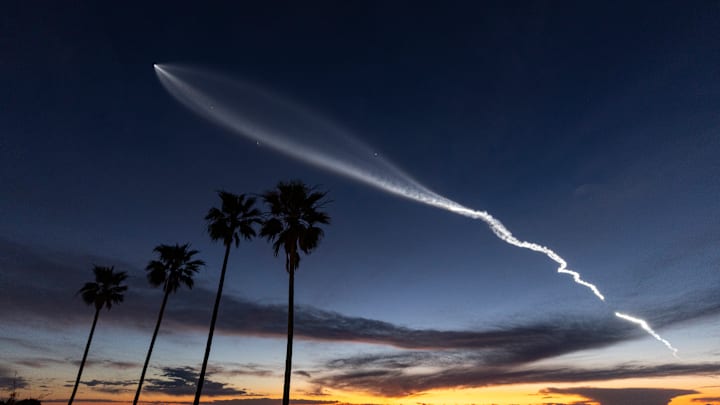In a historic leap for space exploration, SpaceX's Starship, the tallest and heaviest rocket ever built, has successfully landed on its fourth attempt. Although there’s still a long way to go before this rocket takes us to the Moon and Mars, SpaceX has undeniably left its competitors in the dust.
The Impressive Achievements of Starship Today
Raptor Engine Reliability
One of the major concerns for Starship has always been the reliability of its Raptor engines. These engines operate at higher combustion pressures than any other rocket engine and use methalox (methane and liquid oxygen) for cleaner combustion. The previous launches saw multiple engine failures, but today, despite one Raptor engine failing seconds after ignition, Starship’s performance was unaffected. This demonstrates significant improvement in engine reliability.
Structural Integrity of Starship
Gone are the days when Starship prototypes resembled makeshift water tanks. Built from stainless steel at record speeds, Starship has proven its structural integrity. During its first flight, the rocket spiraled out of control but didn’t break apart. Today’s flight showcased its durability as it pierced through the atmosphere at over 20,000 kilometers per hour, losing several thermal shield tiles yet still managing a controlled ocean landing with a damaged flap.
Slow motion liftoff of Starship on Flight 4 pic.twitter.com/9itFbrfxW7
— SpaceX (@SpaceX) June 6, 2024
Launch Platform Resilience
Starship’s first test flight severely damaged the launch platform. SpaceX responded by installing a flame deflector with high-pressure water jets and reinforcing the ground infrastructure. Today, they successfully fueled Starship in just 45 minutes, handling 4,600 tons of methane and liquid oxygen.
Super Heavy's Landing Capability
While SpaceX has mastered Falcon 9 landings, the 70-meter Super Heavy booster presented new challenges. Previous attempts failed due to oxygen supply blockages during engine relight. However, today’s flight saw the successful separation and engine relight of Super Heavy, simulating a landing in the Gulf of Mexico. This success brings us closer to the goal of catching the booster with the “Mechazilla” tower’s robotic arms in future flights.
Starship’s journey beyond Earth’s atmosphere began with Flight 2. By Flight 3, it reached orbit. Today, for the first time, it re-entered without disintegration, thanks to additional roll control thrusters and an enhanced thermal shield.
Super Heavy has splashed down in the Gulf of Mexico pic.twitter.com/hIY3Gkq57k
— SpaceX (@SpaceX) June 6, 2024
Starship aims to be the first fully and rapidly reusable rocket, capable of launching 100 tons to space and returning for immediate reuse. Elon Musk envisions Super Heavy flying three times daily and Starship once a day. Today’s success indicates SpaceX is on the brink of achieving this ambitious goal.
With each flight, Starship edges closer to transforming space travel, bringing humanity one step closer to interplanetary exploration.
Got questions about history, trivia, facts or anything else?
Follow us on social media! Send us your questions, and we might answer them here on the site.
